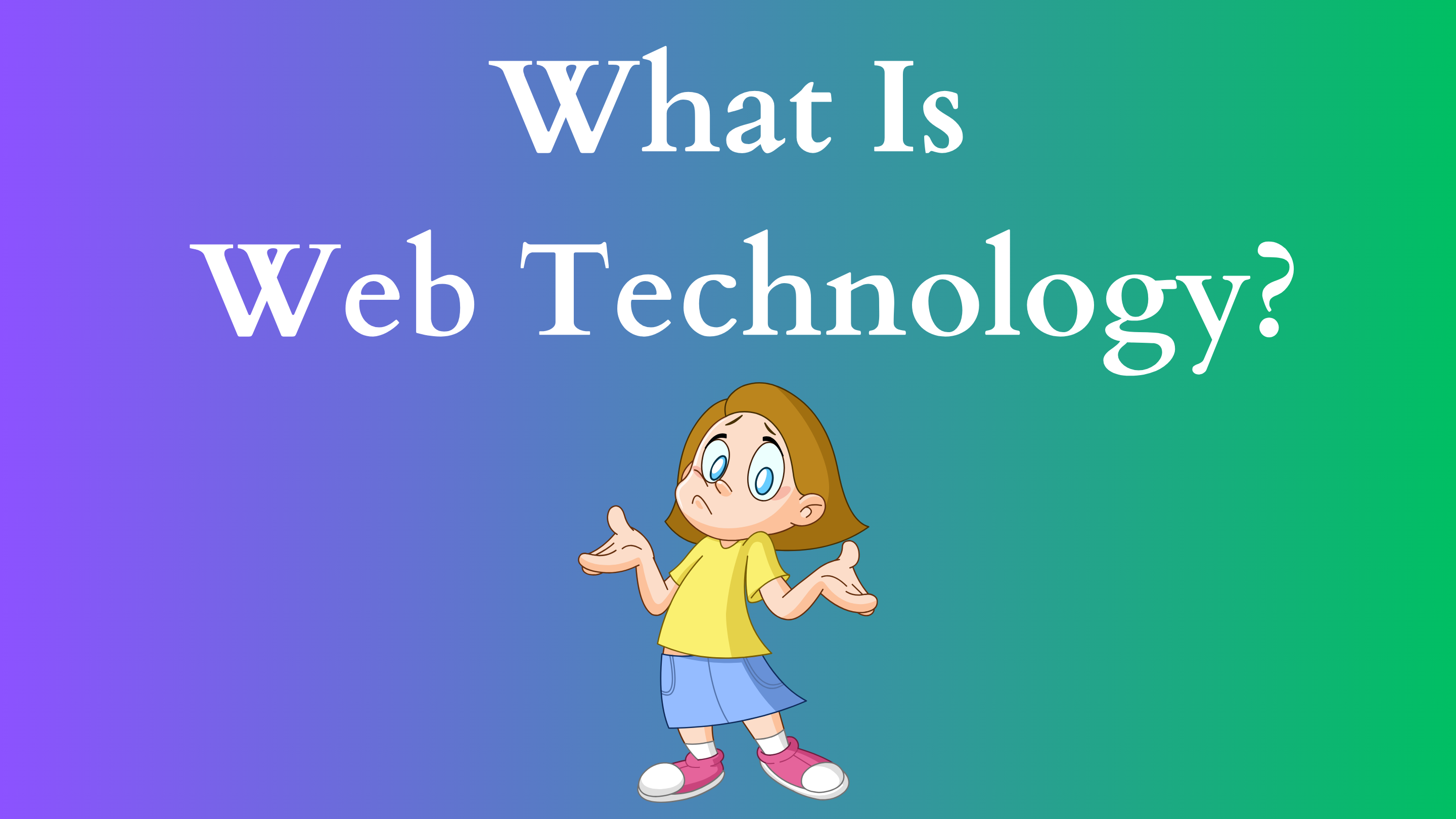The Evolution and Future of Web Technology: A Comprehensive Overview
As we navigate through the digital age, one cannot overstate the monumental impact of web technology on the way we live, work, and interact with one another. From the early days of static web pages to the present era of dynamic applications leveraging artificial intelligence and the Internet of Things (IoT), the evolution of web technology has dramatically reshaped our realities. In this blog post, we will explore the essential components of web technology, trace its historical progression, analyze current trends, and look into the exciting future that awaits us.
A Brief History of Web Technology
The Early Days: Web 1.0
The inception of the World Wide Web in the early 1990s marked the beginning of a transformative era. Known as Web 1.0, this phase was characterized by static web pages, simple HTML structures, and minimal interactivity. Websites served primarily as repositories of information, with users limited to reading and consuming content. The primary programming languages of this era were HTML, alongside simple CSS for styling websites. There was minimal user-generated content, and the internet was perceived as a one-way communication tool.
The Advent of Interactivity: Web 2.0
The transition to Web 2.0—around the early 2000s—signaled a major shift in how users interacted with the web. This period emphasized user-generated content, interactivity, and collaboration. Platforms such as Facebook, YouTube, and Wikipedia emerged, allowing users to create, share, and engage with content on an unprecedented scale. The rise of technologies like AJAX (Asynchronous JavaScript and XML) enabled more dynamic and responsive web applications, fostering a more engaging user experience.
In terms of development, developers began incorporating server-side languages such as PHP, Python, and Ruby to build more sophisticated applications. The introduction of APIs (Application Programming Interfaces) allowed different software systems to communicate with each other, further enhancing the web’s capabilities.
The Mobile Revolution and Beyond: Web 3.0
As we entered the 2010s, the rise of smartphones and tablets initiated a mobile revolution that transformed web technology once again. The responsive design became a necessity, as developers needed to provide seamless experiences across various devices. Frameworks like Bootstrap and libraries such as jQuery became popular tools to facilitate this transition.
Simultaneously, the concept of Web 3.0—often referred to as the “Semantic Web”—began to take root. This phase is characterized by the integration of artificial intelligence, machine learning, and data analytics into web technologies. The goal is to create a more intelligent and interconnected web where data can be easily accessed, shared, and processed by machines, enhancing the overall user experience.
Current Trends in Web Technology
The Rise of Progressive Web Apps (PWAs)
Progressive Web Apps represent a significant trend in web technology that combines the best of both web and mobile application development. PWAs use modern web capabilities to deliver an app-like experience to users, providing improved performance, offline capabilities, and push notifications. By leveraging service workers and other technologies, PWAs can significantly enhance user engagement and retention.
Artificial Intelligence and Machine Learning
Today, AI and machine learning are integral to various facets of web technology. From chatbots providing customer support to personalized content recommendations on e-commerce sites, these technologies help improve user experiences and streamline operations. Web developers are increasingly incorporating AI-driven tools and libraries, such as TensorFlow.js and IBM Watson, to harness the power of machine learning in their projects.
The Internet of Things (IoT)
The IoT is expanding the web’s potential by connecting numerous devices, from smart appliances to wearable tech, to the internet. Web technology plays a pivotal role in IoT, enabling data extraction and analysis from these devices. Platforms like Node-RED facilitate the integration of various IoT devices with web technologies, facilitating real-time data processing and interaction.
Single Page Applications (SPAs)
With an emphasis on speed and performance, SPAs have surged in popularity. Unlike traditional web applications that require reloading pages for each interaction, SPAs load a single HTML page and dynamically update content as users interact with the app. Libraries and frameworks such as React, Angular, and Vue.js are crucial in developing SPAs, leading to rich user experiences and faster load times.
Enhanced Security Protocols
As digital threats evolve, web technology must continually adapt to ensure user data security. Techniques like HTTPS, Content Security Policy (CSP), and multi-factor authentication are becoming standard practices. Moreover, web developers are increasingly incorporating privacy by design principles, ensuring that data protection is prioritized throughout the development lifecycle.
The Future of Web Technology
Looking ahead, the landscape of web technology is poised for further transformation. Here are several anticipated trends that will shape its trajectory:
Decentralized Web (Web 3.0)
The idea of a decentralized web is gaining traction as users become more concerned about privacy, data ownership, and surveillance. Technologies such as blockchain could provide a framework for a decentralized web where users have greater control over their data. This transition aims to create a more equitable internet that is not dominated by a few large corporations.
Virtual and Augmented Reality
As VR and AR technologies advance, they are set to revolutionize the web experience. Businesses will increasingly adopt these immersive technologies for training, marketing, and customer engagement, creating a new paradigm for web interactions. WebXR, a framework for VR experiences on the web, exemplifies this trend.
Voice Search and Conversational Interfaces
With the growing use of voice assistants, such as Amazon’s Alexa and Apple’s Siri, voice search optimization is becoming essential for web development. Websites will need to adapt to accommodate voice queries and conversational interfaces, enhancing usability and accessibility.
Enhanced Personalization
With advancements in AI and user data analytical tools, the future of web technology will see more personalized experiences. Websites and applications will increasingly adapt in real-time to meet individual user needs, leading to improved engagement and conversion rates.
Conclusion
The evolution of web technology has been marked by remarkable transformations, driven by an ever-increasing demand for interactivity, efficiency, and user-centric design. From its humble beginnings in the early 1990s to the sophisticated web ecosystem we navigate today, we find ourselves at the precipice of a new wave of innovation.
As we look to the future, emerging trends—such as decentralized platforms, enhanced security measures, immersive user experiences, and personalized interactions—will undoubtedly shape the web in exciting and unprecedented ways. The ongoing evolution of web technology promises to further revolutionize not just how we connect and communicate, but also how we live, work, and thrive in a digital world. As web developers, business leaders, and users, it is imperative to stay informed and adaptable in this fast-paced environment, leveraging the vast potential of web technology to achieve our goals and aspirations.






